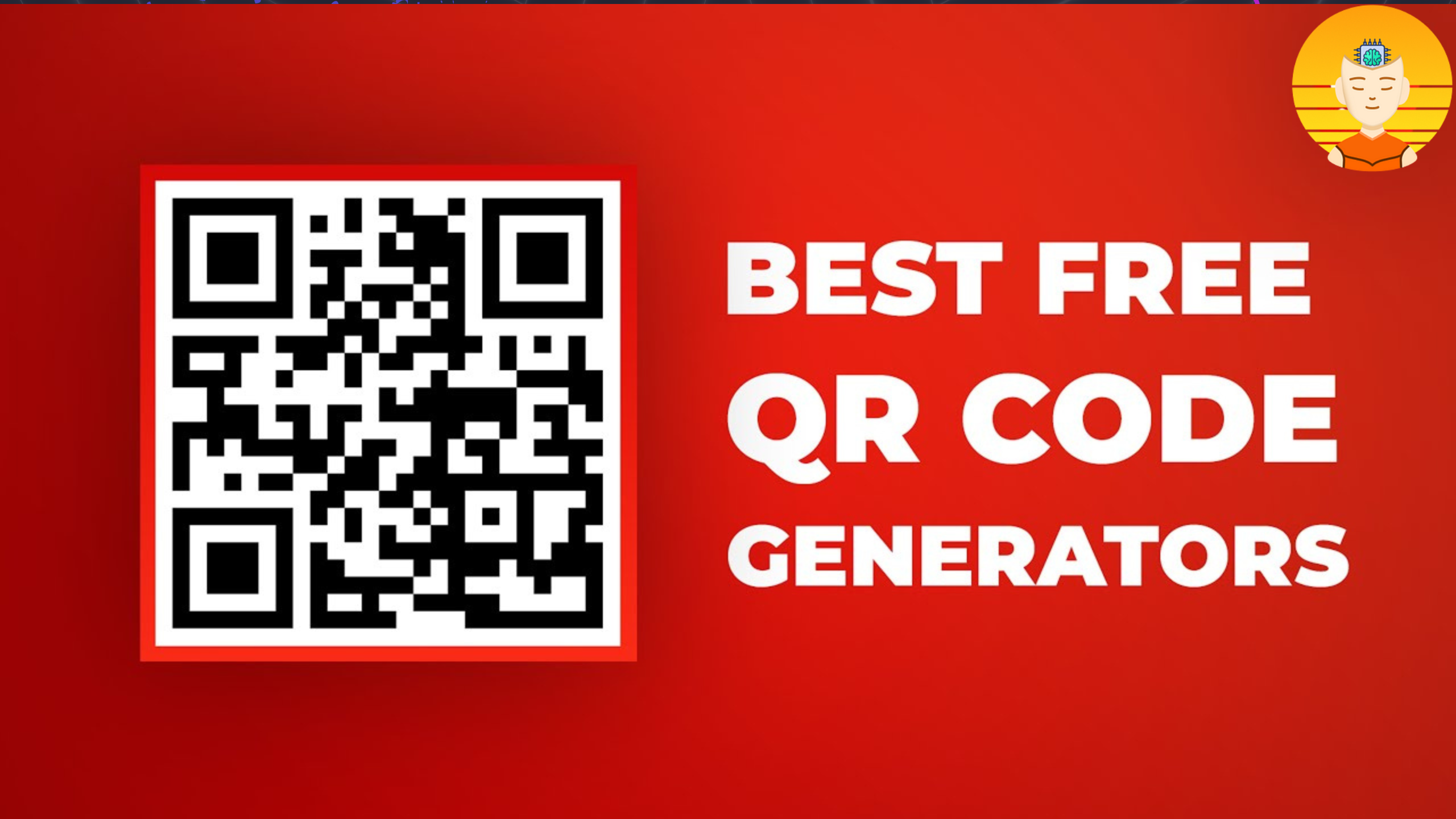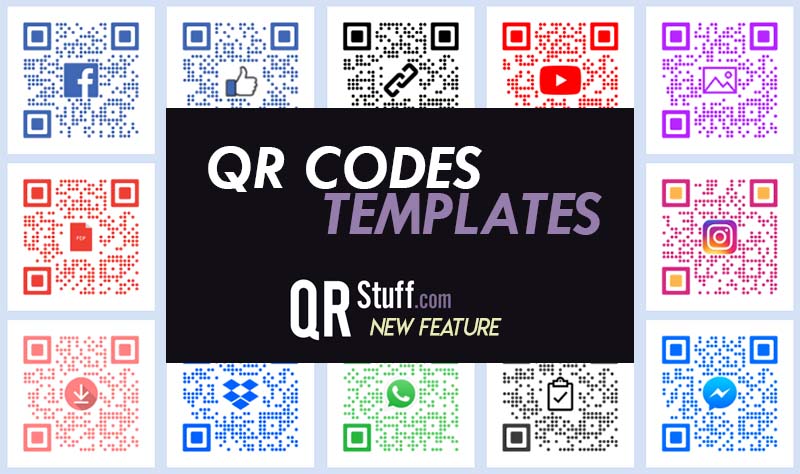The Comprehensive Guide to QR Codes: Everything You Need to Know in 2024
In an increasingly digital world, QR codes have emerged as a powerful tool for businesses and individuals alike. Their ability to store and share information quickly and efficiently has revolutionized industries, from marketing and retail to healthcare and education.

This guide will provide a deep dive into QR codes, covering everything from their origins and technical workings to practical applications and the best tools for generating them in 2024.
1. What Are QR Codes?
QR codes, short for Quick Response codes, are a type of two-dimensional barcode that can store various forms of data, such as text, URLs, and multimedia. Unlike traditional barcodes, which only store data horizontally, QR codes store data both horizontally and vertically, significantly increasing their capacity.
Key Characteristics:
High Storage Capacity: Can store up to 4,296 alphanumeric characters or 7,089 numeric characters.
Fast Scanning: Designed for quick readability, even from multiple angles.
Error Correction: Can still function correctly even if part of the code is damaged.
2. The Evolution of QR Codes: A Historical Overview
QR codes were developed in 1994 by Denso Wave, a subsidiary of Toyota, to improve the efficiency of tracking parts in vehicle manufacturing. Over the years, their use has expanded beyond industrial applications to include marketing, payments, and more.
Milestones in QR Code Development:
1994: Invention by Denso Wave to track automotive parts.
2000s: Gradual adoption in retail and marketing.
2010s: Explosion of usage with the rise of smartphones capable of scanning QR codes.
2020s: Essential tool during the COVID-19 pandemic for contactless transactions and information sharing.
3. How QR Codes Work: Technical Insights
A QR code is composed of black and white squares arranged in a grid on a white background. This pattern encodes data that can be decoded by a QR code scanner, such as a smartphone camera.
Core Components of a QR Code:
Finder Patterns: Three large squares at the corners of the QR code help the scanner determine the orientation.
Alignment Patterns: Smaller squares that ensure the QR code is decoded correctly, even if it is slightly distorted.
Timing Patterns: Alternating black and white modules that help the scanner identify the individual data cells.
Data Area: Contains the actual data, encoded in binary form.
Error Correction: Ensures data integrity even if the QR code is partially damaged.
4. Types of QR Codes and Their Applications
QR codes come in various forms, each suited to specific use cases. Understanding the differences is essential for selecting the right type for your needs.
Static QR Codes
Static QR codes are fixed and cannot be modified once created. They are best suited for simple, unchanging data, such as plain text or a URL.
Common Uses: Business cards, product labels, event tickets.
Limitations: Data cannot be edited after generation.
Dynamic QR Codes
Dynamic QR codes allow the encoded data to be edited without changing the QR code itself. They also enable tracking and analytics.
Common Uses: Marketing campaigns, payment systems, and any application requiring data updates.
Advantages: Trackable, flexible, and secure.
Micro QR Codes
These are smaller versions of standard QR codes, used in applications where space is limited.
Common Uses: Electronics, small product packaging.
Limitations: Lower data capacity compared to standard QR codes.
5. Practical Use Cases of QR Codes Across Industries
QR codes are used in virtually every industry today. Below are some of the most impactful applications:
Marketing and Advertising
Businesses use QR codes to engage customers through interactive marketing campaigns. Scanning a QR code can lead to a website, promotional video, or even augmented reality (AR) experiences.
Retail and eCommerce
Retailers leverage QR codes for inventory management, product information, and seamless checkout experiences. Customers can scan QR codes to access detailed product descriptions, reviews, and special offers.
Healthcare
In healthcare, QR codes simplify processes like patient identification, access to medical records, and drug verification. They also provide quick access to health information and resources.
Education
Educational institutions use QR codes to enhance learning experiences. They can link students to additional resources, virtual lessons, or campus maps.
Event Management
From ticketing to attendee engagement, QR codes streamline event management. They enable quick check-ins and access to event schedules or speaker bios.
6. Advantages of Using QR Codes
Versatility
QR codes can store various types of data, making them suitable for numerous applications, from simple URLs to complex multimedia.
Cost-Effectiveness
Generating QR codes is inexpensive. Even advanced features like dynamic codes are affordable, particularly when compared to traditional advertising methods.
Easy to Use
Most modern smartphones have built-in QR code scanners, eliminating the need for additional hardware or software.
Analytics and Insights
Dynamic QR codes provide data on usage patterns, including the number of scans, location, and device type. This data is invaluable for optimizing marketing strategies.
Security
QR codes can be encrypted and password-protected, enhancing security for sensitive applications like payments and authentication.
7. Challenges and Limitations of QR Codes
Despite their benefits, QR codes are not without challenges:
Limited Awareness in Some Demographics
While QR codes are widely recognized, not all users, especially in older demographics, are familiar with their use.
Quality and Printing Issues
Low-resolution or poorly printed QR codes may not scan properly, leading to user frustration.
Privacy Concerns
Dynamic QR codes often track user behavior, which can raise privacy issues if not transparently communicated.
8. Top QR Code Generators in 2024: Features and Comparisons
Here’s a detailed comparison of the best QR code generators available in 2024:
1. Edna

Features: WhatsApp QR Code Generator
Best For: Customer Support, Marketing Use Cases
Pricing: Free.
2. QR Code Monkey
Features: Free customizable QR codes, no scan limits.
Best For: Small businesses and personal projects.
Pricing: Free.
3. QRStuff

Features: High-resolution downloads, multiple data types.
Best For: Professional print projects.
Pricing: Free basic features, premium plans available.
4. Scanova

Features: Dynamic codes, real-time tracking, branding options.
Best For: Medium to large businesses.
Pricing: Paid plans with a free trial.
5. Unitag
Features: Custom QR code designs, CRM integration.
Best For: Marketing campaigns.
Pricing: Paid plans with custom options.
9. Step-by-Step Guide to Creating a QR Code
Creating a QR code is a straightforward process. Here’s a detailed guide:
Step 1: Choose a QR Code Generator
Select a tool based on your specific needs.
Step 2: Select the Data Type
Enter the information you want to encode, such as a URL, text, or contact details.
Step 3: Customize Your QR Code
Many generators allow you to modify the design, colors, and logo to match your branding.
Step 4: Generate the QR Code
Once the data and design are finalized, generate your QR code.
Step 5: Test the QR Code
Scan it with different devices to ensure functionality.
Step 6: Deploy and Monitor
Use the QR code in your intended application and track its performance if it’s dynamic.
10. The Future of QR Codes: Emerging Trends and Innovations
The future of QR codes lies in their integration with advanced technologies:
Blockchain Technology: Enhancing security and transparency.
Artificial Intelligence: Improving scanning accuracy and user experience.
IoT Integration: Seamless connectivity across smart devices.
Conclusion
QR codes have become an essential tool in bridging the gap between physical and digital spaces. Their adaptability and cost-effectiveness make them a valuable asset for businesses and individuals alike. By choosing the right QR code generator and leveraging best practices, you can unlock their full potential for your projects in 2024.